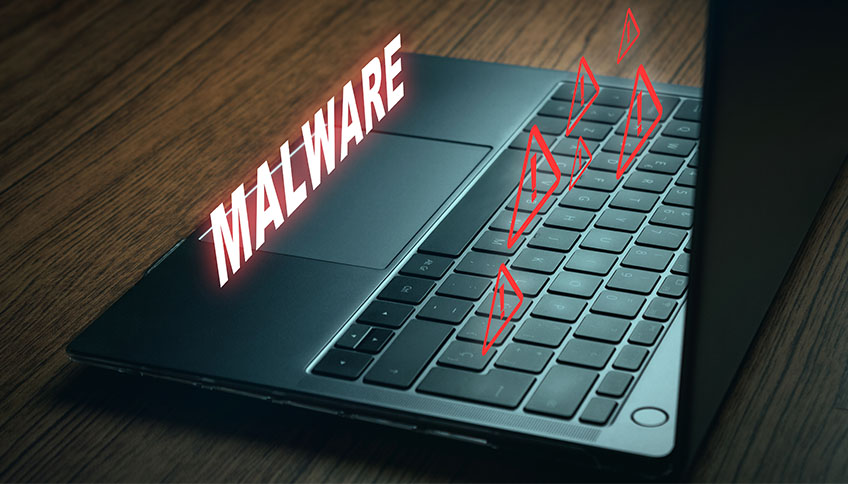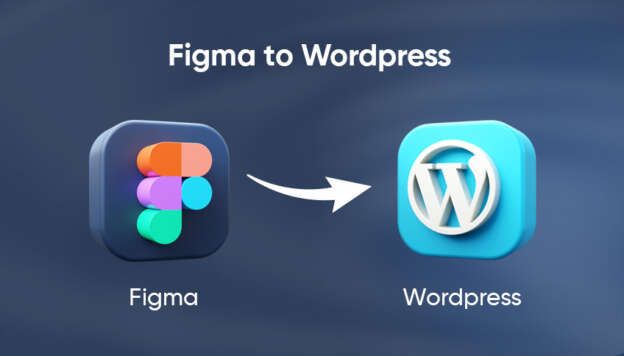Understand the process to WordPress malware detection for keeping your website secured. The article here explains all the details.
Keep Your Business Secure with WordPress Guide to Malware Detection
In today’s digital landscape, securing your WordPress website is crucial. Malware, or malicious software, consistently threatens the stability, performance, and integrity of your site. A malware attack can result in data breaches, financial losses, and a damaged reputation. As a WordPress website owner or administrator, it’s essential to understand how to detect, remove, and prevent malware threats effectively. Services from a WordPress development agency can help in this regard to safeguard your website.
This comprehensive guide provides practical tips and expert advice to keep your WordPress site safe and secure from malware. Learn how to utilize detection tools and implement preventative measures to stay ahead of evolving security threats. Armed with the right tools, techniques, and knowledge, you can proactively protect your WordPress website, ensuring a reliable online presence for you and your users.
Understanding the Risk of Malware in WordPress Sites
Before diving into measures to detect and remove malware, it is crucial to understand the threats that malware poses to a WordPress website. Malware can result in various forms, including viruses, ransomware, and adware, but they all share a common goal. They aim to exploit your website’s functionality, data, or performance.
The potential impacts of malware on a WordPress website include:
- Data breaches and loss of sensitive information: Malware can steal or corrupt your valuable data, leading to significant financial and legal repercussions.
- Blacklisting by search engines: If your site is infected, search engines may blacklist it, severely impacting your online visibility and search rankings.
- Slow or compromised website performance: Malware can degrade your site’s speed and functionality, driving away users and harming user experience.
- Damage to your brand’s reputation and user trust: A compromised site can erode the trust you’ve built with your audience, leading to a loss of credibility and customer loyalty.
To mitigate these risks, it is essential to be proactive in addressing malware threats to your WordPress website. By understanding the nature of these threats, you can take informed steps to secure your site and protect your data, performance, and reputation.
Using Tools and Plugins for Identifying Malware Threats
The first step in combating malware is identifying its presence on your WordPress website. Several detection tools and plugins can help you monitor and identify malware threats effectively:
Wordfence: This comprehensive WordPress security plugin offers malware scanning. The features also include firewall protection, and login security features. Wordfence scans your website’s core files, themes, and plugins for vulnerabilities and infections. This ensures robust protection against potential threats.
Sucuri SiteCheck: This free website security scanner checks your site for malware, blacklisting status, and security vulnerabilities. The remote scanner analyzes your website’s source code and external resources to detect potential threats. It thus aids in offering an accessible solution for ongoing security monitoring.
iThemes Security Pro: iThemes Security Pro is a powerful security plugin for WordPress. With a robust malware scanner, it detects and alerts you to security issues. It also offers options for automated malware removal, ensuring your site remains secure with minimal effort on your part.
By utilizing these tools, you can effectively monitor and identify malware threats, taking the first crucial step in securing your WordPress website.
Effective Approach for Malware Removal
Once you’ve detected malware on your WordPress website, it’s critical to remove it quickly. Any delay in this can create harmful results for your website. Here’s a step-by-step guide for removing malware:
- Contact your hosting provider: Inform your hosting provider about the malware infection. Ensure if they offer any malware removal or assistance services. They may have specific tools or procedures to help clean your site.
- Create a backup: Before taking any further steps, perform some tasks. Make a full backup of your WordPress website, including files and databases. This ensures you have a restore point if something goes wrong during the cleanup process.
- Inspect core files: Review your WordPress core files. Ensure you check themes, and plugins to locate malware-infected code. Remove or replace unauthorized files and folders with clean versions from the official WordPress repository.
- Update WordPress: Ensure your WordPress installation, themes, and plugins are up-to-date to eliminate known security vulnerabilities. This reduces the risk of future infections.
- Install a security plugin: Implement a reliable security plugin, such as Wordfence or iThemes Security Pro. This is important to perform a deep scan of your website and remove malware remnants. These tools can also help you monitor your site for future threats.
- Reset passwords: Change all passwords associated with your WordPress site. This includes user accounts, hosting, and database credentials, to prevent unauthorized access. It is important to use strong, unique passwords to enhance security.
By following these steps, you can effectively remove malware from your WordPress site. This will also help to take proactive measures to protect the site from future attacks.
Preventive Measures for Improved Security
After removing malware from your WordPress website, it’s crucial to implement preventative measures. This is crucial to minimize the risk of future attacks. Here are some key strategies for securing your website:
Implement strong passwords and two-factor authentication (2FA): Ensure all user accounts use complex and unique passwords. This helps enable 2FA to add an extra layer of security.
Update WordPress regularly: Keep your WordPress Updated. Ensure your installation, themes, and plugins are up-to-date. This helps to address security vulnerabilities promptly.
Use reputable and secure hosting services: Choose hosting providers with robust security features. This will include firewalls, malware scanning, and regular security updates.
Regularly back up your website: Schedule regular backups to website. This is important to ensure you always have a clean, up-to-date version of your site available in case of an attack.
Conduct routine security audits: Perform regular security audits. This helps to identify and resolve potential vulnerabilities before they can be exploited.
Limit elevated access accounts: Restrict the number of user accounts with administrative or editorial privileges. This aims to reduce the risk of unauthorized changes.
Utilize security plugins: Install and configure security plugins like Wordfence or Sucuri Security. This helps continuously monitor and protect your website from threats.
By implementing these strategies, you can significantly enhance your WordPress website’s security. Continued Security reduces the likelihood of future malware attacks.
Implementing a Website Backup Strategy
A reliable backup strategy with services from WordPress maintenance company is essential. The services are crucial for maintaining a secure WordPress website. Regular backups ensure that you have a clean version of your site. This reduces chances for malware attacks, server issues, or other unforeseen events.
Here’s a website backup strategy to follow:
Schedule automatic backups: Utilize a WordPress backup plugin such as to schedule regular, automated backups of your website’s files and databases. Set up recurring backups daily, weekly, or monthly, depending on your site’s update frequency and importance.
Store backups offsite: Save your backups to an offsite location. This may include options like Dropbox, Google Drive or a remote server. Storing backups offsite protects them from being compromised by issues affecting your website’s server.
Test your backups: Regularly test your backups to ensure they are functional. Practice restoring backups in a test environment to verify that your backup files are intact. This will ensure that you can restore quickly in case of an emergency.
By following these steps and implementing a robust backup strategy, you can safeguard your WordPress website against potential disruptions. Continuous backups will also help to maintain the authenticity of the website for users. This proactive approach not only protects your data but also ensures that your website remains secure and reliable. This will foster trust among your users and will support your business’s growth.
Secure Your Partnership with a Reliable WordPress Development Agency
Securing your WordPress website against malware threats is essential for maintaining a safe and trustworthy online presence. By following the steps outlined in this guide, you can significantly reduce the risk of malware attacks.
However, ensuring your website remains free from malware can be complex. This is where we at IDS Logic hold expertise as a WordPress development agency in providing comprehensive WordPress support and maintenance services. We ensure tailoring our maintenance services to specific needs of businesses in particular.
Our team of experienced WordPress professionals are dedicated to helping you detect, remove, and prevent malware issues. We ensure a smooth delivery of service while respecting the deadline we have quoted before.
IDS Logic offers extensive assistance across various aspects of WordPress website management. The vast range of our services include security audits, malware removal, continuous monitoring, and regular backups.
Our proactive approach ensures that your website remains protected against evolving security threats. With our services you can easily focus on growing your online presence without the fear of malware and other threats.
With our expert services there is no compromise on WordPress security and success.









